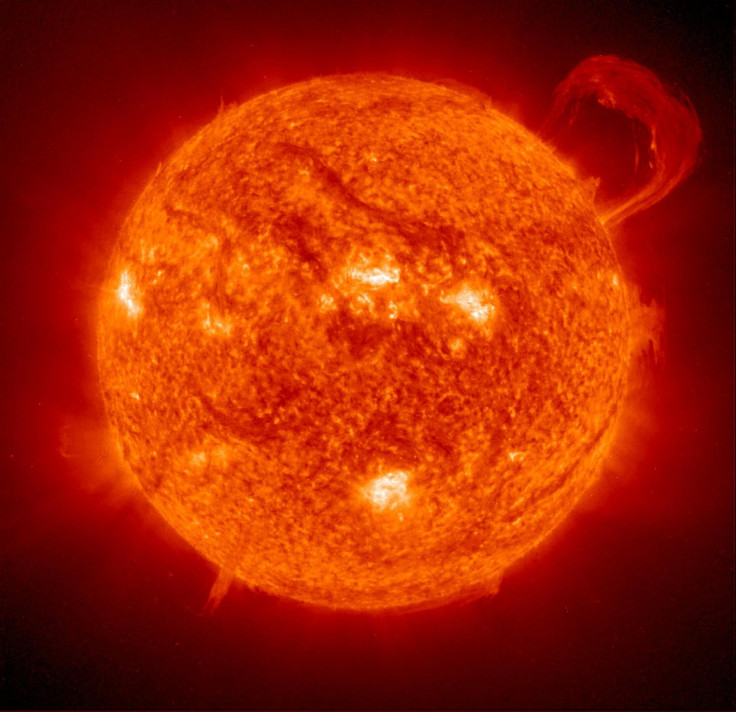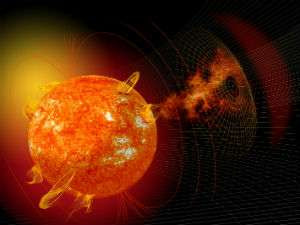The Sun is 'sneezing' up solar storms that are headed to Earth
In a new study, scientists looked into how the Sun's coronal mass ejections behave as they travel through space.

If Earth is hit by the Sun's powerful eruptions, it could potentially wipe out the very technology that humans depend on, destroying electronic devices, causing long-term power cuts and increasing the risk of cancer for air passengers. However, new research has revealed that predicting space weather and when the Sun's coronal mass ejections (CME) are on a collision course for Earth is even more difficult than previously thought.
According to the study, the Sun's CMEs are flung into the Earth's atmosphere not unlike a sneeze. Rather than moving through space in a bubble-like structure, CMEs are cloud-like eruptions and are strongly impacted by solar winds. This has forced scientists to remodel their space weather forecasts.
"Up until now, it has been assumed coronal mass ejections move like bubbles through space, and respond to forces as single objects," said Mathew Owens, lead author from the University of Reading. "We have found they are more like an expanding dust cloud or sneeze, made up of individual plasma parcels all doing their own thing."
CMEs can travel up to 2,000 kms a second and reach Earth between one to three days. Such solar activity can occur every few hours on the Sun's surface and play a key role in in the creation of extreme space weather.
The new study, published in Nature Scientific Reports, looks into how the Sun's coronal mass ejections behave as they travel through space and how they interact with solar winds and other such external forces.
The scientists also found that CMEs rapidly reach a point where the rate of their expansion exceeds the rate at which data with CMEs can travel. A previous study by the same scientists found that by the middle of the century, a shift on solar activity will make the Earth even more vulnerable to such violent solar events.

"This means that trying to predict the shape and movement of coronal mass ejections as they pass through the solar wind becomes extremely difficult," said Owens. "Therefore if we want to protect ourselves from solar eruptions, we need to understand more about the solar wind."
© Copyright IBTimes 2025. All rights reserved.






















